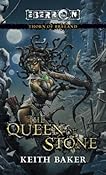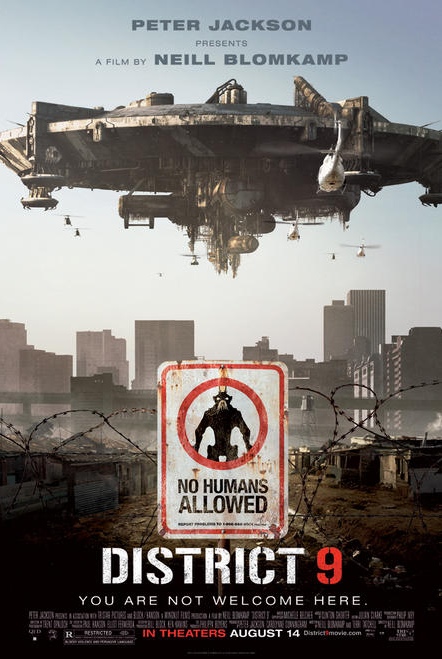Hello,
I recently interviewed Linda Weaver Clark, who writes historical fiction and teaches family legacy workshops all over the country. Check out the questions and answers below to learn more about how to write and research historical fiction. She also interviewed me, see separate post.
The Interview:
Paul: Thank you for doing the interview. How do you begin researching historical fiction? Do you come up with a long-term research plan, let it evolve naturally, visit the locations you’ll write about? Please comment on how long you spend doing the research, or give your usual range.
Linda: Research is an important part of writing historical fiction so I learn everything I can about the area my story takes place, also checking out the time period, any non-fictional characters, and historical facts. I find out everything I can to both educate my readers and to make the setting feel real. When I researched Bear Lake Valley, I didn’t only read about it but I went there and walked around. I was able to get a feel of the area so I could place my characters in the setting. Description is very important and I try to make the scenery believable. It usually takes me about one month of research before I begin writing.
When I did the research for my first book, “Melinda and the Wild West,” I found out that Butch Cassidy robbed the bank in Montpelier, Idaho in 1896. I was thrilled when I found that the city of Montpelier had recorded the incident. I used every detail in my novel. But I had to do more research since Butch Cassidy was a non-fictional character. I found out that he had a charming personality with a great wit and sense of humor. He never killed a person the whole time he was an outlaw and Cassidy referred to himself as the “Robin Hood of the West,” out to rob from the rich and give to the poor.
I also learned that the Bear Lake Monster was an old Indian legend in Bear Lake history. I read many accounts, testifying to its reality. Scotland has the Lock Ness Monster and Bear Lake Valley has theirs. Do they really exist? The mystery of the Bear Lake Monster has been an exciting part of Idaho history since the early 1800s but no one has been able to disprove its existence. Is the Bear Lake Monster fact or fiction, legend or myth? Whatever conclusion is drawn, the legend still lives on and brings a great deal of mystery and excitement to the community.
Paul: Do you have a plot and characters in mind before the research begins, or do you come up with it all as you're doing the research?
Linda: I usually develop my plot and characters after gaining some knowledge about the area. That way I know what I’m facing. For example, in my research I learned all about Old Ephraim, the ten-foot grizzly bear that roamed southern Idaho. He wrecked havoc everywhere he went, frightening the communities and killing sheep left and right. His story is legendary, told at many Boy Scout campfires. He’s real! After learning all about this old grizzly, then I developed my plot. Of course, I always put these historical facts as a subplot in my storyline but it makes for a very interesting story. For example, Old Ephraim is the subplot to “Jenny’s Dream.” Jenny has childhood memories that haunt her and won’t leave her alone, and she soon realizes that she has to learn to forgive before she can accomplish her dream. In the meantime, her father has vowed to put a stop to all this killing and goes after the ten-foot grizzly. I use every detail about how he stopped Old Ephraim in my novel.
I did the same thing with “David and the Bear Lake Monster.” The legend of this monster is a subplot, where David tries to disprove its existence. The story is about deep-rooted legends, long family traditions, and a few mysterious events!
David wonders why the town folk believe in this Bear Lake Monster. It just has to be a myth. While visiting the Roberts family, he finds himself entranced with one very special lady and ends up defending her honor several times. He finds out that Sarah has gone through more trials than the average person. She teaches him the importance of not dwelling on the past and how to love life. And how about the Bear Lake Monster? Does it really exist?
All my stories are for both adult and young adult. You can read a sample chapter on my website at: www.lindaweaverclarke.com.
Paul: How has the legacy and the history of your own family impacted your writing?
It has influenced my writing a great deal. I tend to use my own ancestor’s experiences in my novels, giving them to my fictional characters. Of course, in the back of each book I have “Author’s Notes” that let my readers know what is actually true.
For example, my great grandmother, Sarah Eckersley Robinson, was my inspiration for “David and the Bear Lake Monster.” She became deaf at the age of one and was a very brave and courageous woman. She never let her deafness stop her from developing her talents. I took a lot of her experiences from her biography and gave them to my heroine to bring some reality into my story. To me, the experiences of my ancestors have always intrigued me.
Sarah was known as one of the most graceful dancers in town. She never sat on the sidelines at dances because of her natural ability. She was known for gliding across the floor with ease, with just a touch of her partner’s hand. Sarah had such agility and gracefulness, not only on the dance floor, but also while swimming and diving. People would actually throw coins in the water so they could watch her dive after them. They would applaud, letting her know how much they enjoyed watching her, and then throw another coin in the water.
An intruder actually hid in her bedroom under her bed, thinking he could take advantage of her since she was deaf. He must have thought she was an easy victim but was sadly mistaken. She swatted him out from under her bed with a broom, and all the way out of the house, and down the street for a couple blocks, whacking him as she ran. She was a beautiful and spunky woman! Because of my admiration for my great grandmother, I named my character “Sarah.”
In my research about the “hearing impaired,” and talking to a dear friend who became deaf in her youth, I became educated about the struggles they have to bear. It was a surprise to find out that some struggle with self-esteem and the fear of darkness. I didn’t realize that concentrating on reading lips for long periods of time could be such a strain, resulting in a splitting headache. After all my research, I found that I had even more respect for my great grandmother and her disability. What a courageous woman!
Please visit Linda’s website www.lindaweaverclarke.com to learn more or read a description of her Family Legacy workshops and her bio below.
What Is Family Legacy?
It’s important to teach our children their heritage. Who are your ancestors? What were their traditions? Did they fight for a cause and what was it about? Each of us has a story from our ancestors or even our own story to tell. If these stories are unwritten, then how are your children going to know of their parentage? It’s up to us to write these experiences down. Turn your family history into a variety of interesting stories, something your children will be proud of.
Biography
Linda Weaver Clarke received her Bachelor of Arts Degree at Southern Utah University after raising six daughters. She now travels throughout the United States, teaching a “Family Legacy Workshop” at a variety of libraries, encouraging others to turn their family history and autobiography into a variety of interesting stories. Clarke is the author of Melinda and the Wild West, a semi-finalist for the “Reviewers Choice Award 2007.” The historical fiction series, “A Family Saga in Bear Lake, Idaho” include the following novels: Melinda and the Wild West (2006), Edith and the Mysterious Stranger (2008), Jenny’s Dream (2009), David and the Bear Lake Monster (2009), and Elena, Woman of Courage (2009).
Paul: Thank you for doing the interview, Linda.
Best wishes!
Paul Genesse
Author of The Dragon Hunters
www.paulgenesse.com
 The Queen of Stone by Keith Baker
The Queen of Stone by Keith Baker
